- Telephone
- Email
Birdworld Kuranda replicates the natural habitats of almost 60 species that roam this unique rainforest immersion exhibit. On entry, you pass through our gates and arrive at the atrium where our feathered friends are eager to greet you. Should you want to handfeed the birds, feed can be can be purchased from our front counter.
Access around Birdworld Kuranda is on a paved pathway, making it very accessible. Features include ponds, gentle water features and a combination of exotic and native plants. A highlight for some is the Finch Aviary, which contains over 10 different species of these small and colourful birds. There’s also a secure enclosure for our magnificent and endangered Southern Cassowary, a male called Jimmy. Birdworld Kuranda is home to one of Australia’s largest collection of free-flying birds and truly is a photographers delight, so don’t forget to bring your camera. There are no time limitations on your visit, so you can wander at your leisure and see how many different species you can spot.
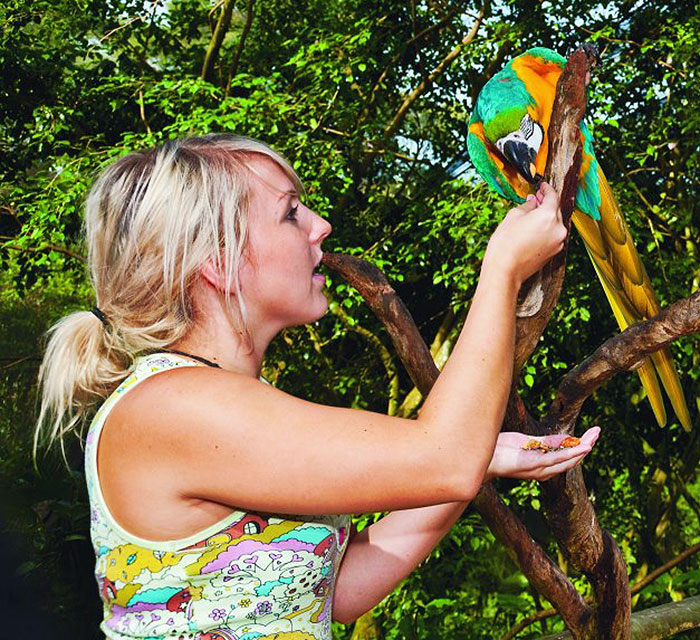
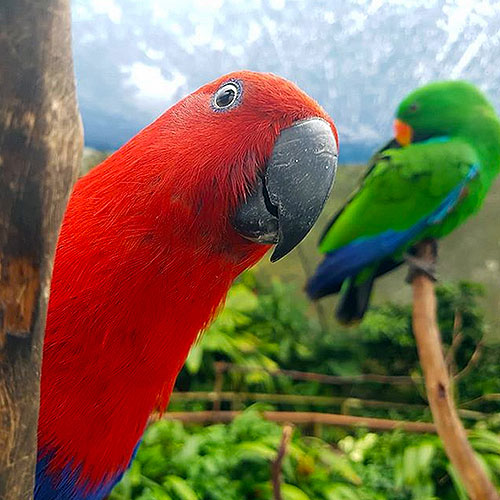

Birdworld Kuranda is home to one of Australia’s largest collection of free-flying birds. Almost 60 rare and spectacular bird species from the rainforests of Australia and around the globe. Including Amazonian macaws and the endangered cassowary. Handfeeding and photo opportunities.
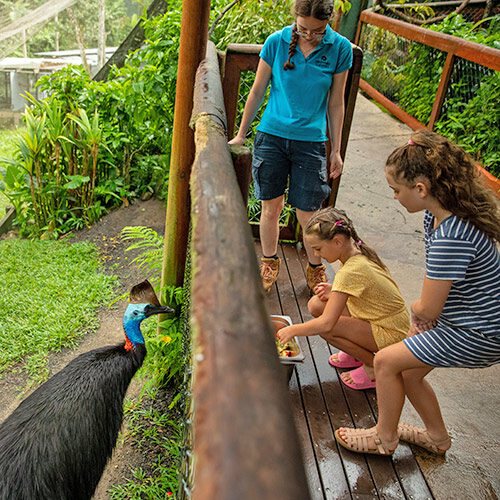
Bespoke Birdworld is an intimate experience. Meet our keepers at 9.30am, before the aviary opens to the public, for an exclusive 30-minute tour. Highlights include hand feeding an endangered cassowary, parrots, lorikeets and other birds their breakfast. Max 6 guests. Min 2. Must be booked by 1pm the day prior.
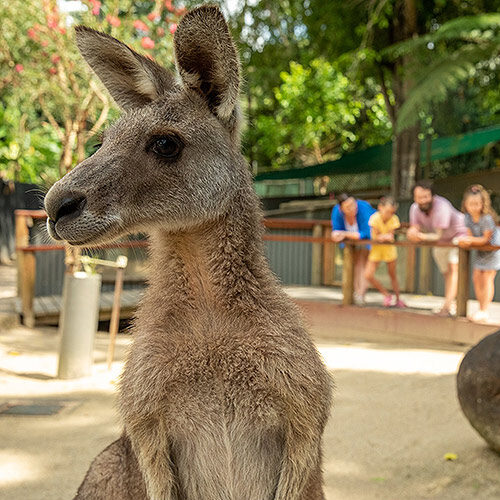
2 great wildlife attractions, Birdworld Kuranda and Kuranda Koala Gardens. Kuranda Koala Gardens is a boutique wildlife attraction, showcasing some of Australia’s amazing, native animals. Koalas, kangaroos, wallabies, wombats, freshwater crocodiles and more. Pat a koala for a souvenir photo (extra cost).
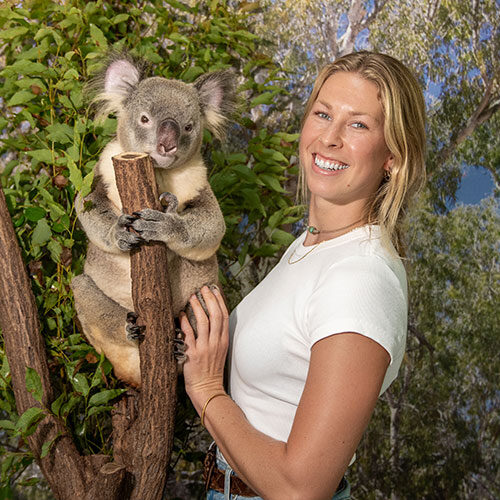
A VIP package where you get to spend some exclusive, small group time, with the keepers at Birdworld and Kuranda Koala Gardens. It starts with a Bespoke Birdworld tour and ends with a 30-minute guided tour of Kuranda Koala Gardens, including meeting a wombat, a koala patting photo and more.
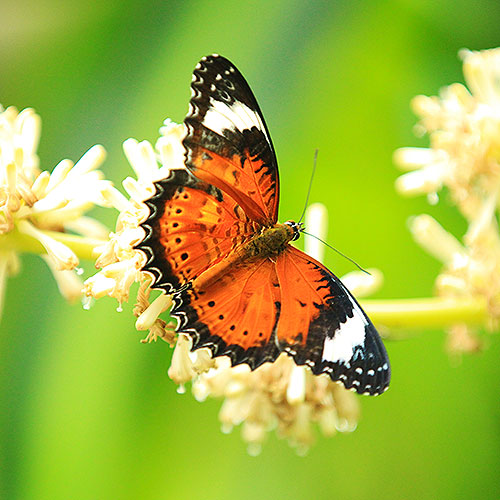
3 wildlife attractions for 1 great price. Birdworld Kuranda. Kuranda Koala Gardens. The Australian Butterfly Sanctuary, which is home to more than 1,500 superb tropical butterflies including the spectacular Ulysses. Free flying habitat. Three great wildlife attractions in Kuranda Village.
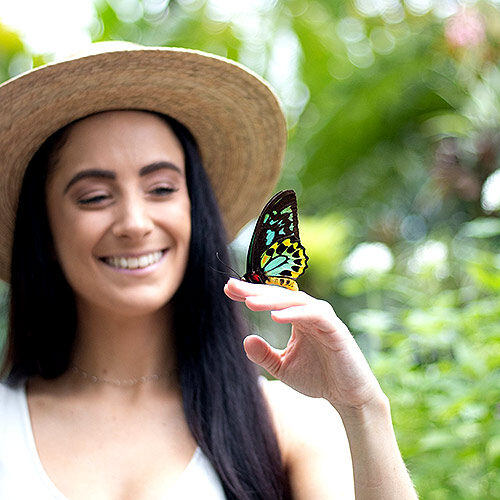
Birdworld Kuranda and the Australian Butterfly Sanctuary paired up to bring you the Birds and Butterflies package. Entry to these two great attractions, which both have free flying habitats, allows you to be surrounded by living colour. No maximum time, so just enjoy the wildlife that surrounds you.
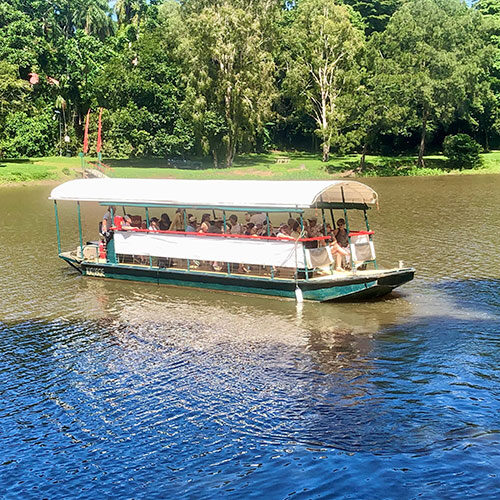
The Kuranda Explorer package includes 3 great attractions. Birdworld Kuranda. Kuranda Koala Gardens. Kuranda Riverboat, which runs 45-minute tropical rainforest river cruises, on the mighty Barron River. These cruises are relaxing and informative. Bookings are essential, as space is limited.
© Birdworld Kuranda 2025